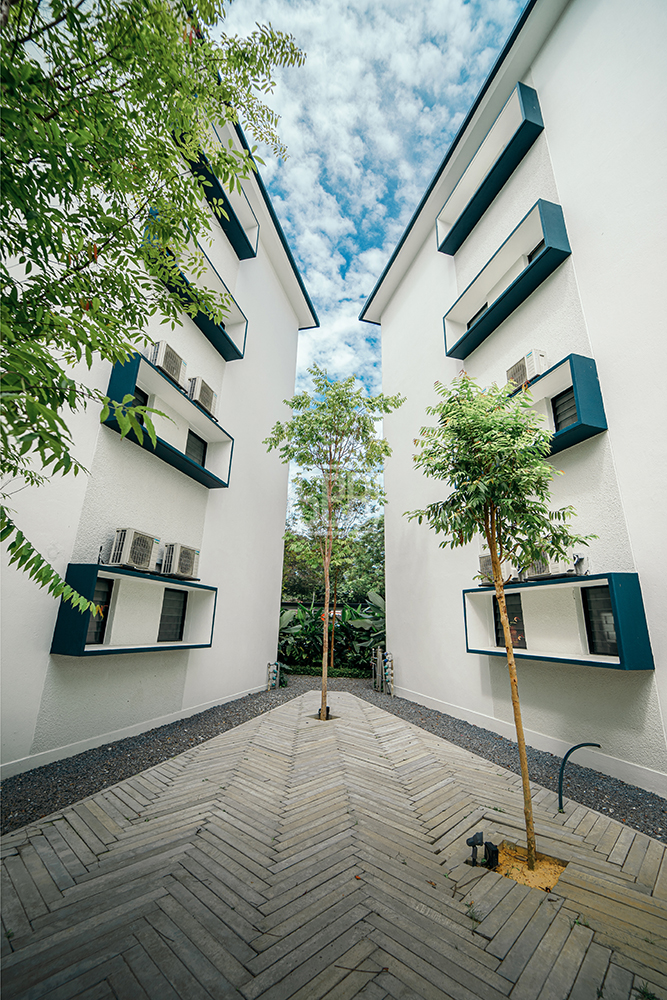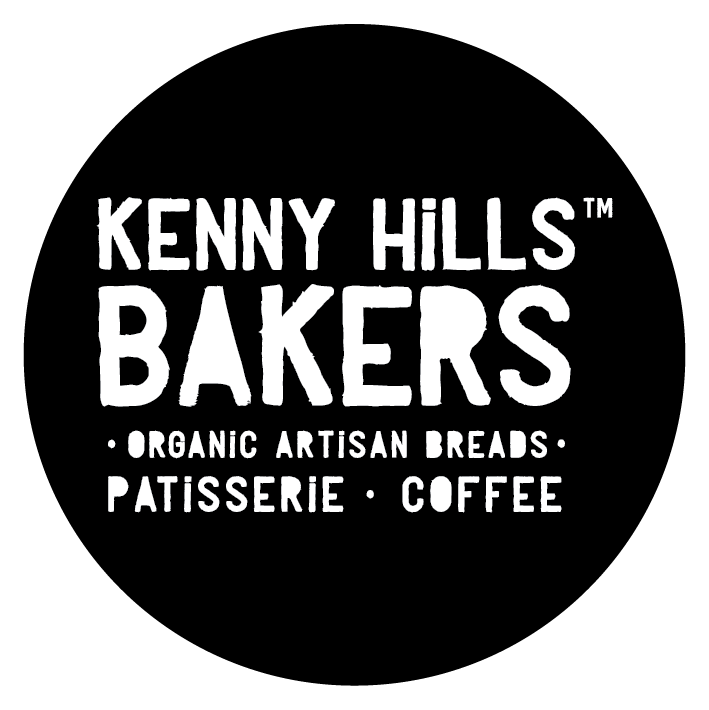Every story starts from somewhere and ours is of no exception. To understand how The Stories of Taman Tunku is what it is today is to go back in time to the 1930s when the area of Bukit Tunku or as it was known then as Kenny Hills was a rubber estate known as the Batu Estate. An architect by the name of Arthur Oakley Coltman (AO Coltman) who was the sole proprietor of Booty & Edwards (known as BEP Akitek today), an architectural firm and his good friend, a Danish engineer by the name of Steen Sehested would often go on walks around the area and they came across Batu Estate. As they walked along the estate, they realized it could be a nice place to turn into a residential area. Their dream and plan would only be realized after the 1940s as World War II broke out in 1939 and drew more than half of the world into conflict.
After the war, they came back to Malaya again and made the decision that they were going to try and broker a development for the Batu Estate area. They met up with Harrisons and Crosfield who are the landowners and matched them together with the Anglo-Thai Corporation who has the funds and through this venture, the construction and development company known as Eward Land Corporation was born. Eward now being the original master developer and planner for Batu Estate, got Coltman to design a master plan, which comprised almost 200 acres of land. So, in 1948, it was published in the papers that there is such a development that was going to happen and with it six miles of road systems, individual lots to be carved out for people to build houses on them which was around an acre in size, and these land parcels where being sold after they got all the basic utilities in like water, electricity, etc.
Kuala Lumpur was going through a lot of development at that time and most residential houses were concentrated around the area now known as Jalan Ampang. As urban congestion started to grow, many people, especially individual owners started to look outwards from the city center and at places such as Kenny Hills. As the years went by, Kenny Hills, or what we now call as Bukit Tunku grew to be a popular residential area for many professionals such as doctors, government agents and even officers of high ranking.It would be in the 1960s, some 20 years later that The Crescent or the protagonist of our story,The Stories of Taman Tunku, would be built and completed. As a treasured piece of our country’s past, The Crescent still stands tall today and refreshed with a whole new look and ready to be called home by a new generation of residents and tenants alike. Want to know who actually built it?
See you in our next blog.









































































